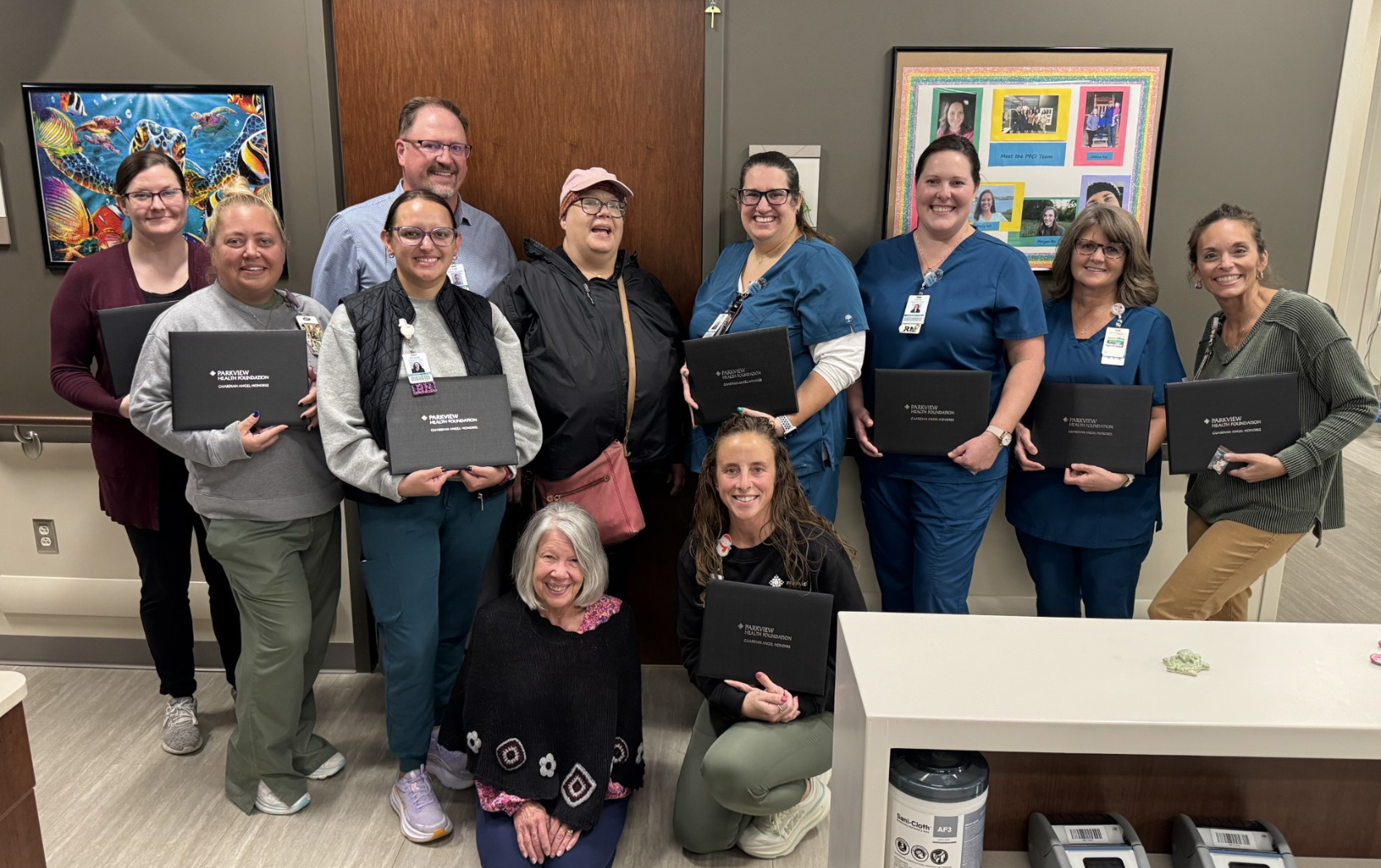
This post was written by Ken Austin, MD, PPG – Pain Management.
The Centers for Disease Control and Prevention (CDC) estimate that 28.7 million people in the United States have been diagnosed with diabetes. Of those, 5.7 million (20%) of patients have painful diabetic neuropathy (PDN). A type of nerve damage that can occur if you have diabetes, diabetic neuropathy pain can present as numbness; sharp, burning pain; tingling or sensitivity that varies in intensity and duration. Many treatments for PDN only demonstrate mild effectiveness. For patients who have tried other options, high-frequency spinal cord stimulation could be a good treatment option.
What is high-frequency spinal cord stimulation?
High-frequency spinal cord stimulation is a minimally invasive, non-drug treatment that uses an implant in your back to deliver mild electrical impulses to the nerves to interrupt pain signals being sent to the brain. It is fully reversible and done with a test trial to ensure it is effective at reducing pain before the permanent implant is placed.
Who is a candidate for this treatment?
Approximately 45% of PDN patients have pain that is resistant to conventional medical management. In other words, if you’ve tried medications, physical therapy and other interventions without significant pain relief, then this might be a good option for you.
What is the process for high-frequency spinal cord stimulation treatment?
Before implanting a permanent stimulator, a trial is done. The one-week trial is an outpatient procedure in which leads are implanted next to the spine with a temporary device that delivers stimulation to the leads. After a week, you will meet with your physician to discuss the percentage of pain relief you have noticed to determine if a permanent stimulator should be placed.
The permanent spinal cord stimulator implant is also an outpatient procedure. The leads are implanted near the spine and then a small device is implanted under your skin. After implantation, you should be able to go home the same day.
Possible risks after treatment include infection or leads moving or breaking. The effectiveness of the treatment varies depending on your body’s response to the device.
If you’d like to learn more about this treatment, contact PPG – Pain Management. Parkview Health has pain management providers located throughout the region. If you're interested in establishing care with one of our providers, call our 24/7 scheduling center at 877-PPG-TODAY.



